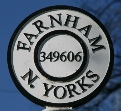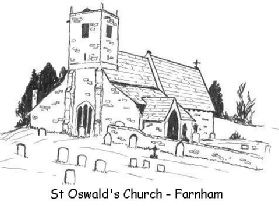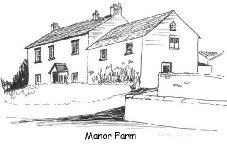A North Yorkshire
Village

St Oswald’s Farnham


Tithes
 The full history of Tithes is a complicated matter but some explanation of the subject
and its effect on a village like Farnham may be interesting. Originally, Tithes were
payments in kind of an agreed proportion (theoretically one tenth) of the yearly
produce from farming and was made by the parishioners for the support of the church
and clergy. The produce went to the Rector, as the incumbent, of the church. When
Nicholas de Cantilupe donated Farnham Church to Beauvale Abbey in 1354, the Abbey
became Rector and the recipient of the tithes -
The full history of Tithes is a complicated matter but some explanation of the subject
and its effect on a village like Farnham may be interesting. Originally, Tithes were
payments in kind of an agreed proportion (theoretically one tenth) of the yearly
produce from farming and was made by the parishioners for the support of the church
and clergy. The produce went to the Rector, as the incumbent, of the church. When
Nicholas de Cantilupe donated Farnham Church to Beauvale Abbey in 1354, the Abbey
became Rector and the recipient of the tithes -
There is evidence that a barn stood close to the village green -
In
1836 the Tithe Commutation Act was passed. this meant the substitution of money payments
for the payments in kind that existed previously. The difficulty was how much money
had to be paid by each landowner in the parish to the Tithe owner. For most parishes
this meant the production of a map showing all the fields, the acreage, the owners
name etc. These maps have been of considerable help to local historians -
Under some circumstances, agreement on this 'Apportionment' was reached without the
need for a map -
 History
Home
Next
History
Home
Next